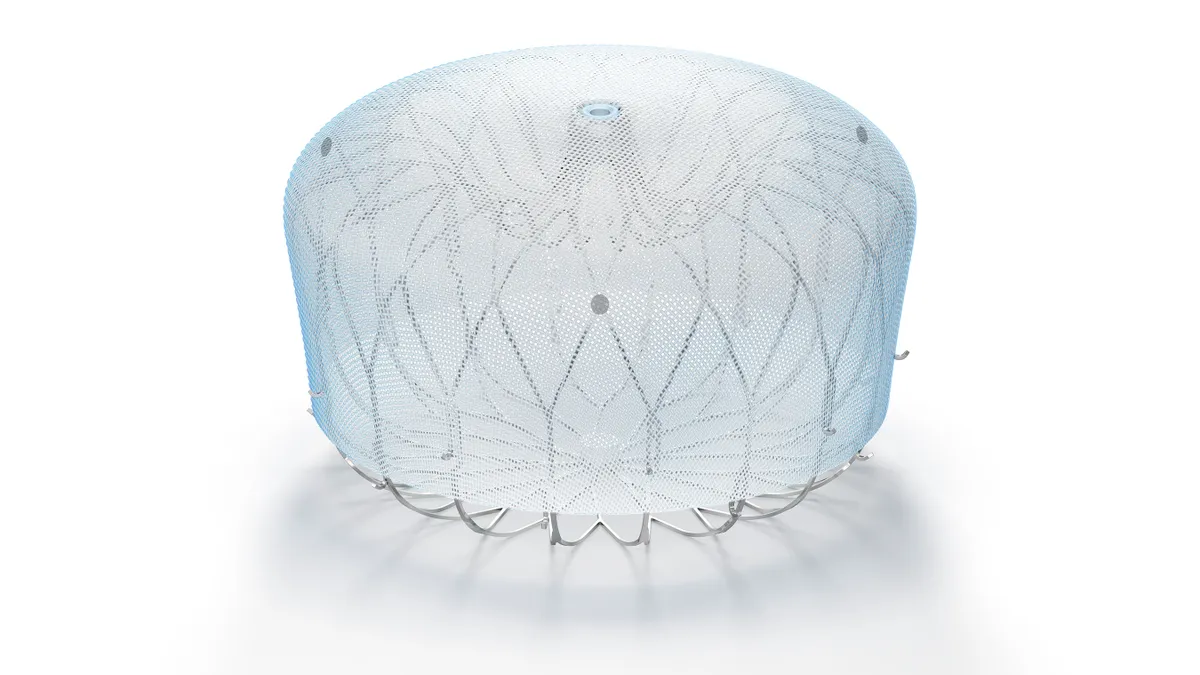Dive Brief:
- The Food and Drug Administration has cleared Cardiosense’s CardioTag wearable heart monitor, the company said Wednesday.
- CardioTag captures electrocardiogram, photoplethysmogram and seismocardiogram signals, plus heart and pulse rate, to enable physicians to noninvasively monitor a patient’s cardiac function.
- Cardiosense is planning to combine the data with AI models for cardiovascular parameters. The company has published a paper on a pulmonary capillary wedge pressure algorithm.
Dive Insight:
Patients wear the Cardiotag device on their chest. The sensors monitor the heart’s electrical activity, changes in blood volume and vibrations on the chest wall associated with cardiac mechanical activity. Cardiosense raised $15.1 million in 2022 to develop the device.
Andrew Carek, Cardiosense’s co-founder and chief technology officer, said in a statement that the device will play a foundational role in the company’s noninvasive cardiac AI platform. Cardiosense will use signals collected by Cardiotag as inputs for the development of AI models.
Cardiosense has received breakthrough device designation for its PCWP algorithm but has not yet secured 510(k) clearance for the model. Changes in PCWP and pulmonary artery pressure can precede symptomatic hemodynamic congestion, a driver of heart failure decompensation, by weeks, according to Cardiosense’s paper. Abbott’s implantable Cardiomems sensor monitors PAP, but researchers have said there are barriers to widespread use of the devices.
Cardiosense is developing the PCWP model to lower the barriers to monitoring. A study published in the Journal of the American College of Cardiology: Heart Failure found Cardiotag paired with the algorithm estimated PCWP with an accuracy approaching implantable hemodynamic sensors. The authors of the paper compared Cardiotag favorably to devices such as Zoll Medical’s Heart Failure Management System.
In another study, Cardiosense derived left ventricular ejection time from data collected by its wearable. LVET is a measure of how effectively the heart is pumping blood. The value is shortened in patients with heart failure with reduced ejection fraction. The study found Cardiotag matched the accuracy of existing wearable methods such as impedance cardiography.












